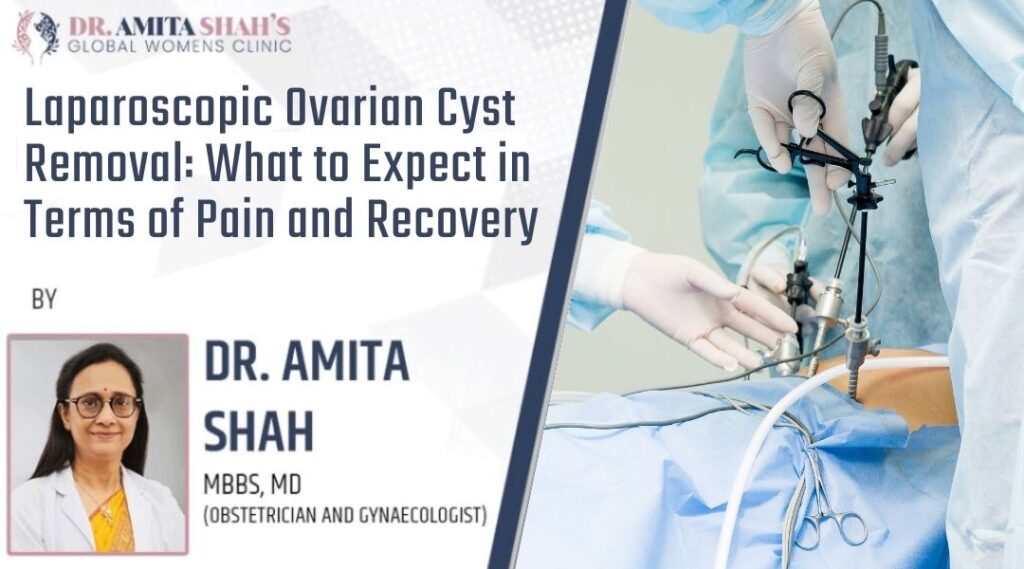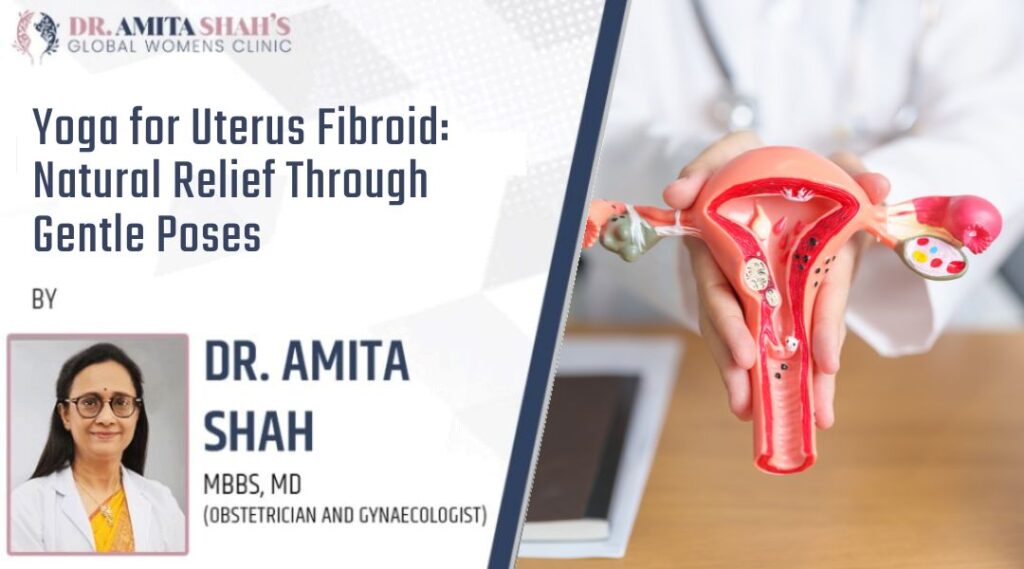Definition of Ovarian Cyst
An ovarian cyst (ovarian cyst definition / ovarian cyst meaning) is a pouch like structure containing fluid, that is found on the surface of an ovary. These cysts typically are not problematic, and in most of the cases, they go away on their own free of any complications.
Despite these ovarian cysts being typically harmless, some of them can be large, or cover a considerable size (ovarian cyst size / ovarian cyst size for surgery), or cause pain (ovarian cyst pain / ovarian cyst pain location). Such cases require a visit to a laparoscopic surgeon or gynecologists, to evaluate the need for treatment in case of an ovarian cyst in women. Possible evaluations include ovarian cyst ultrasound and ovarian cyst tumour markers.
What is Laparoscopic Treatment?
Laparoscopic treatment is a sort of surgery that is minimally invasive, for the treatment of various conditions, including ovarian cysts of the ovary (ovarian cyst causes). In laparoscopic surgery, only small cuts on the abdomen are made, and a laparoscope is inserted through one of these cuts.
It is a thin and light tube with a camera, thus, allowing the physician to see the area to be worked on a monitor. In cases where a cyst is to be removed, the laparoscopic surgeon uses specialised equipment to either remove the cyst or perform other surgical manipulations (ovarian cyst operation / ovarian cyst laparoscopic surgery).
In comparison to traditional open surgery, the laparoscopic treatment for ovarian cysts is said to be less painful, to have a quicker recovery time, and to have a lower chance of scarring.
What is Ovarian Cyst condition in women?
An ovarian cyst is a widespread condition where one of the ovaries has a pouch or a cyst that is either partially or completely filled with fluid (ovarian cyst functional / ovarian cyst follicular / ovarian cyst endometriosis).
Although a majority of cysts are harmless and disappear on their own, they can occasionally lead to discomfort or complications. For this reason, it is essential for women to track any changes and seek help when necessary.
Ovarian Cyst Symptoms
Women who have developed ovarian cysts may experience a wide assortment of symptoms to some degree. These symptoms often affect everyday functioning and may indicate the presence of a cyst which could potentially need surgical intervention or some sort of diagnostic evaluation (ovarian cyst burst symptoms).
Women suffering from ovarian cysts may experience a range of symptoms, such as the following:
- Pelvic Pain: Pain is often a symptom in the lower belly (ovarian cyst pain location) which can come and go or be constant.
- Abdominal Bloating: The abdomen may feel swollen or distended.
- Menstrual Irregularities: A woman’s monthly cycle may have significant changes like increased or decreased bleeding.
- Pain During Intercourse: During sexual activity one may experience discomfort or pain.
- Frequent Urination: With this one may experience increased urgency or difficulty in completely voiding the bladder.
What is Laparoscopic Ovarian Cyst Treatment?
As the name suggests, laparoscopic ovarian cyst treatment (ovarian cyst laparoscopic surgery) is a form of surgery performed to remove ovarian cysts, mainly using laparoscopic methods. Less surgery is performed on the patient with the use of small incisions and specialized tools which leads to quicker recovery.
Procedure Overview
- Anaesthesia: We keep the patient fully asleep with general anesthesia and ensure full comfort during the surgery.Incisions: Small cuts on the abdomen are made to put a laparoscope with the surgical instruments.
- Inspection: A cyst and the surrounding organs are evaluated with the aid of a laparoscope which has a camera attached to it (ovarian cyst ultrasound / ovarian cyst photos / ovarian cyst pictures).
- Cyst Removal: Use of special instruments allows the cyst to be removed with great precision.
- Closure: The small cuts are stitched and a band aid is placed on the operated area.
- Recovery: Patients of this surgery usually have much lower pain. With quicker recovery, discharge from the hospital is also quicker. Pain relief can be aided by ovarian cyst medication or ovarian cyst medicine name.
Wht Size of Ovarian Cyst is Dangerous?
An ovarian cyst is not one solid structure; it can be from a few millimeters to over 10 centimeters in diameter (ovarian cyst normal size / ovarian cyst icd 10). Of note, functional cysts resolve on their own. However, cystadenomas and dermoid cysts are much larger and pose risks.
Cysts are often linked to problems if they are larger than 6 cm (60 mm). Such cysts and their larger variants can lead to a severe medical condition (ovarian cyst is dangerous).
- Small: <3 cm: No intervention is necessary. They do resolve.
- Moderate: 3–6 cm: Based on symptoms and growth patterns, intervention may be warranted.
- Large: >6 cm: Evaluation often leads to surgery due to complications and risks to one’s health.
For any ovarian cyst, it’s crucial to consult with a laparoscopic surgeon to determine the appropriate course of action based on size, type, and symptoms.
Is laparoscopic ovarian cyst removal painful?
Cyst removal and laparoscopic surgery often have a bad reputation due to the pain associated with the surgery. In fact, it is the opposite. The laparoscopic technique is much better tolerated than open surgery and leads to less pain, due to small incisions and being done under general anesthesia.
After surgery, pain is usually mild with medication, and quicker recovery leads to less pain overall (ovarian cyst hemorrhagic treatment).
What does ovarian cyst pain feel like?
Symptoms of cysts in the ovaries often lead to dull to sharp discomfort in the pelvis, which can be steady or vary in intensity and may be associated with inflammation, bloating, irregular periods, or pain during intercourse. It may also have radiation to the lumbar region or thighs (ovarian cyst is dangerous).
Conclusion
The application of laparoscopic methods in the treatment of ovarian cysts offers marked benefits in comparison to traditional, open approaches. The procedure involves making small cuts which leads to reduced pain and recovery time.
To my knowledge, laparoscopic surgery has been reported to lead to reduced pain after surgery, shorter hospitalization, and earlier return to normal activities compared to other surgical options. This makes it a preferred choice for many women with ovarian cysts of any type (ovarian cyst type).
































